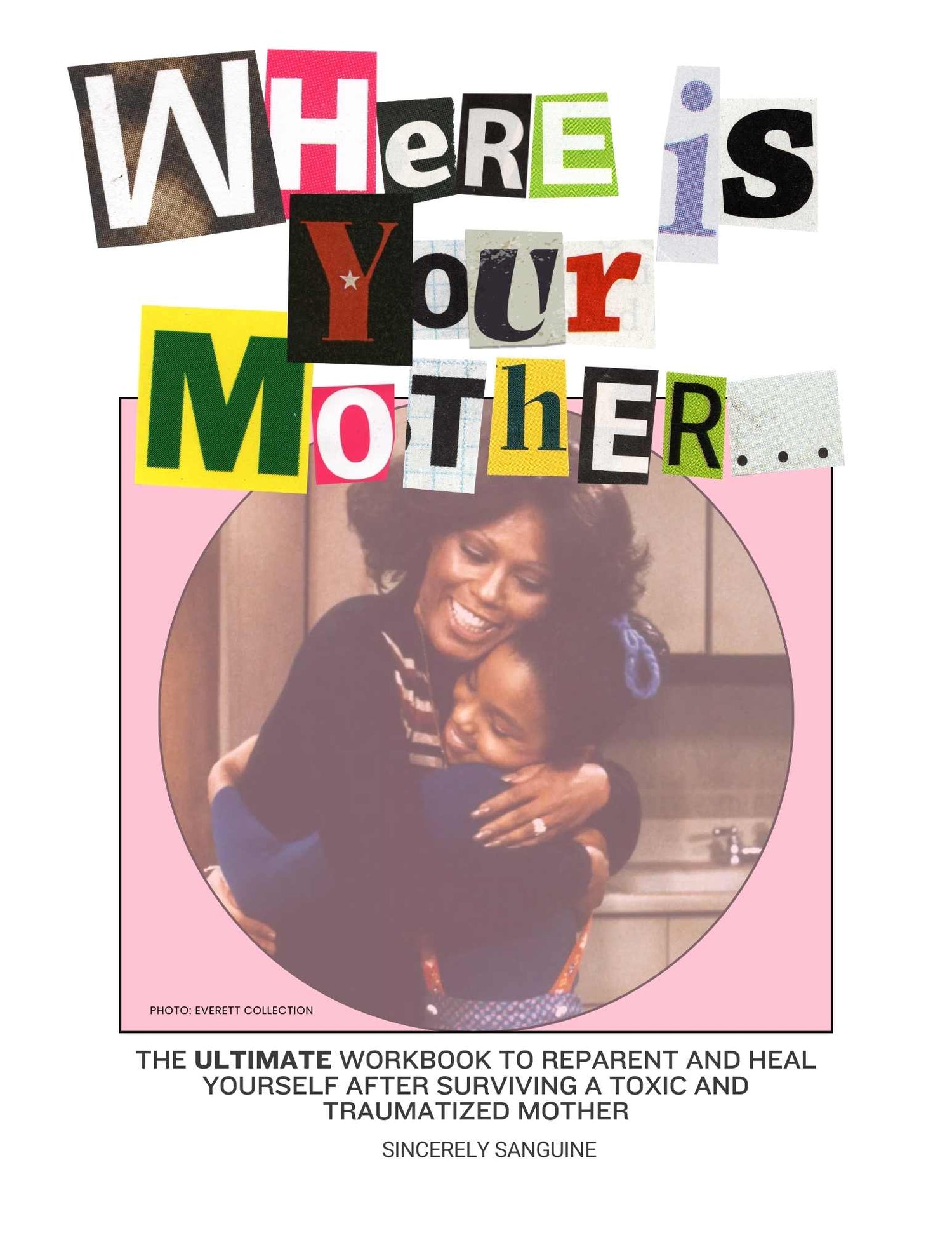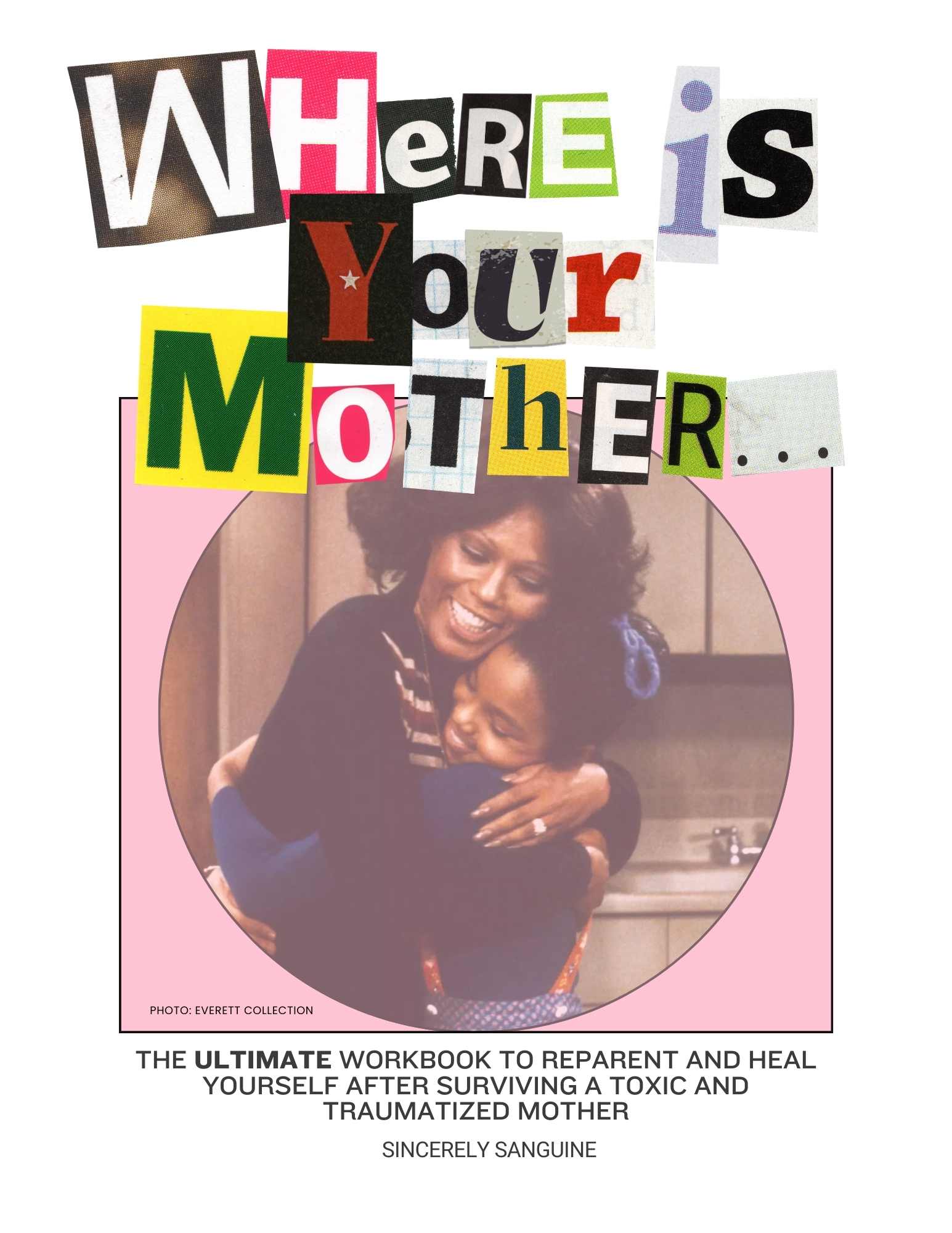Heal Your Mother Wound
Begin the quiz
About
Meet the founder: Dasia Miles-Langaigne
Combining experience with education to bring authentic and culturally relevant wellness to black women.
Like many of you, I am a student a daughter and a friend. Sincerely Sanguine was born from my own journey of reflection and growth. As a Black woman, I saw the need for a space that truly understands and represents our experiences—a space that helps us process, heal, and thrive. Let this be the start of a journey toward your best self—a path shaped by your experiences but written by your strength.
(PDF) New Therapist Aid: Questions To Ask During An Interview For Pre-Licensed and Licensed Therapists
Share
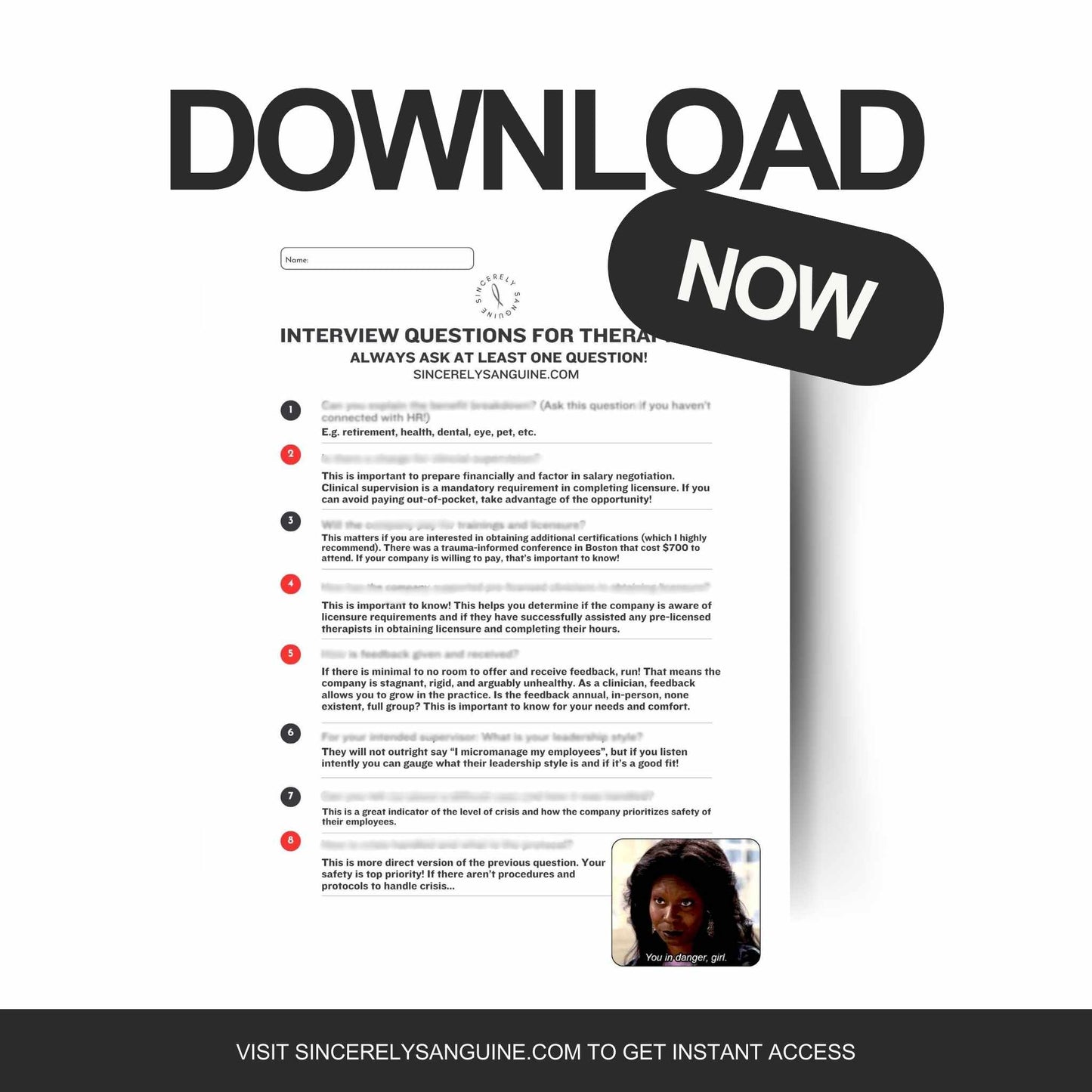
Featured Posts Of The Month
View all-

One Child Left Behind: Understanding The Eldest...
"I am in no rush to have kids because I'm exhausted from helping you raise yours." Just when life begins to look-up, you feel as though you finally have the opportunity...
One Child Left Behind: Understanding The Eldest Daughter Syndrome
"I am in no rush to have kids because I'm exhausted from helping you raise yours." Just when life begins to look-up, you feel as though you finally have the opportunity...
-

"Maybe I'm Just Lazy" Or Maybe You're Burnt Out
Have you ever had intentions to complete a task, but physically could not bring yourself to do it? Or have you managed to get the recommended eight hours of sleep,...
"Maybe I'm Just Lazy" Or Maybe You're Burnt Out
Have you ever had intentions to complete a task, but physically could not bring yourself to do it? Or have you managed to get the recommended eight hours of sleep,...
-

Surviving Graduate School As A POC, BIPOC, or B...
Let's talk all things helping professionals and becoming a therapist! I am on track to graduate, in June of 2025, from an accredited Massachusetts licensed mental health counseling (LMHC) and...
Surviving Graduate School As A POC, BIPOC, or Black Person (MA in Counseling)
Let's talk all things helping professionals and becoming a therapist! I am on track to graduate, in June of 2025, from an accredited Massachusetts licensed mental health counseling (LMHC) and...
San·guine
(adj) optimistic or positive, especially in an apparently bad or difficult situation.
Why Sanguine?
To me, "sanguine" is more than optimism; it’s about finding light in the shadows, reclaiming joy,
and embracing the fullness of who I am. As a Black woman, I’ve faced challenges that tested my spirit, but through healing and self-
discovery, I’ve learned to transform those experiences into strength. Adopting a sanguine
mindset has been my way of not just surviving but thriving—choosing growth, choosing peace,
and choosing myself.
This space is my love letter to every Black woman who has ever felt unseen or unworthy.
Sincerely Sanguine is here to remind you that your past doesn’t define you—you do. Together,
we’re building a community where healing is possible, where your story matters, and where you
can step into your power, unapologetically and authentically.
Sincerely,
Dasia Miles-Langaigne
Founder of Sincerely Sanguine
Wellness Sanctuary
-

PODCAST
Listen in#1 digital show that addresses mental health, mental wellness, and clinical knowledge to assist those on their journey to well being and healing.
-

WORKBOOK
Shop NowExplore the dynamics of your relationship, unpack unspoken truths and heal from your past.
-

BLOG: The Daily Glow
Read NowYour go-to source for all things related to total body and mental wellness! Join us for juicy discussions on all things wellness.
'Where is Your Mother...' The Complete Mother-Daughter Workbook to Heal Your Inner Child
Share
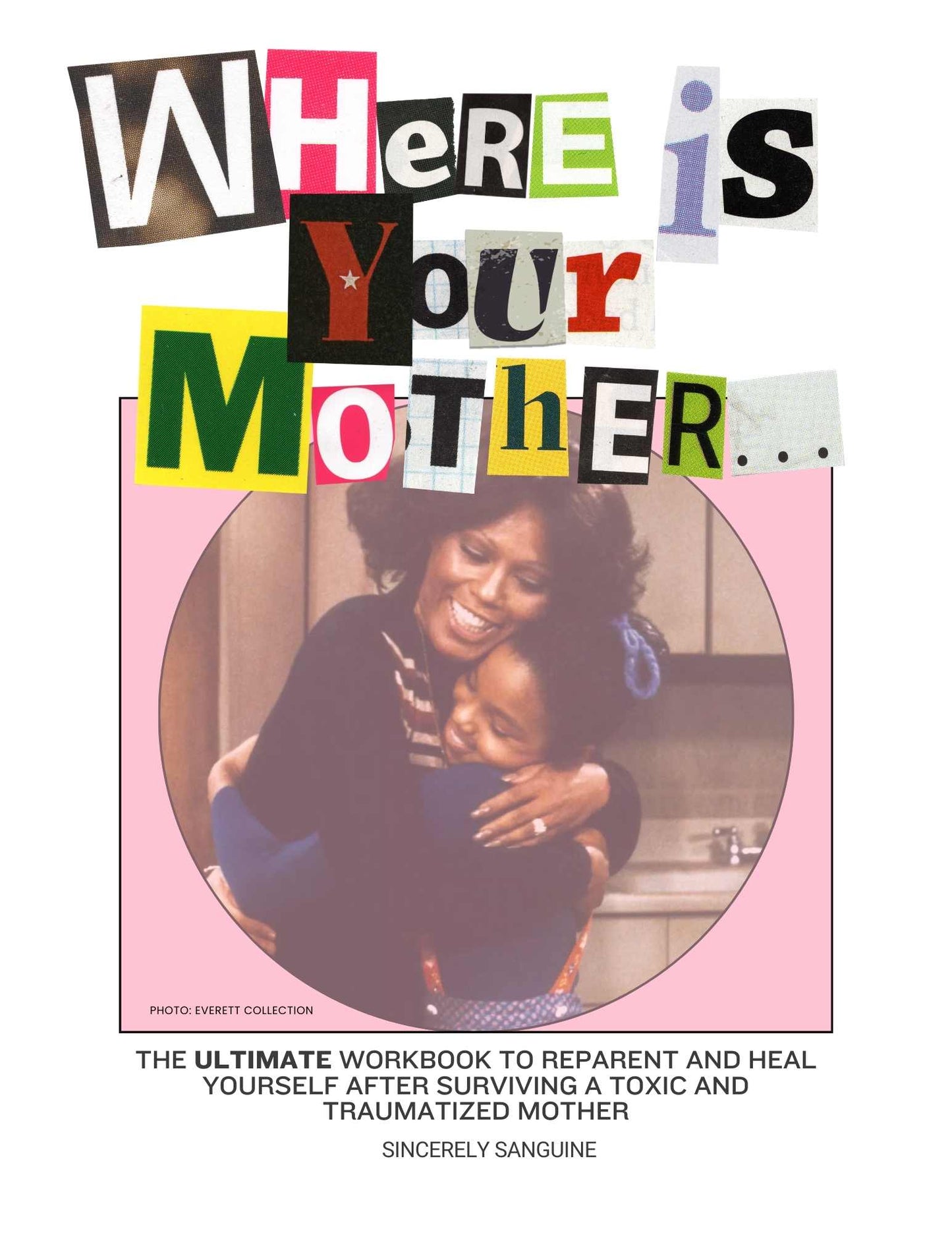
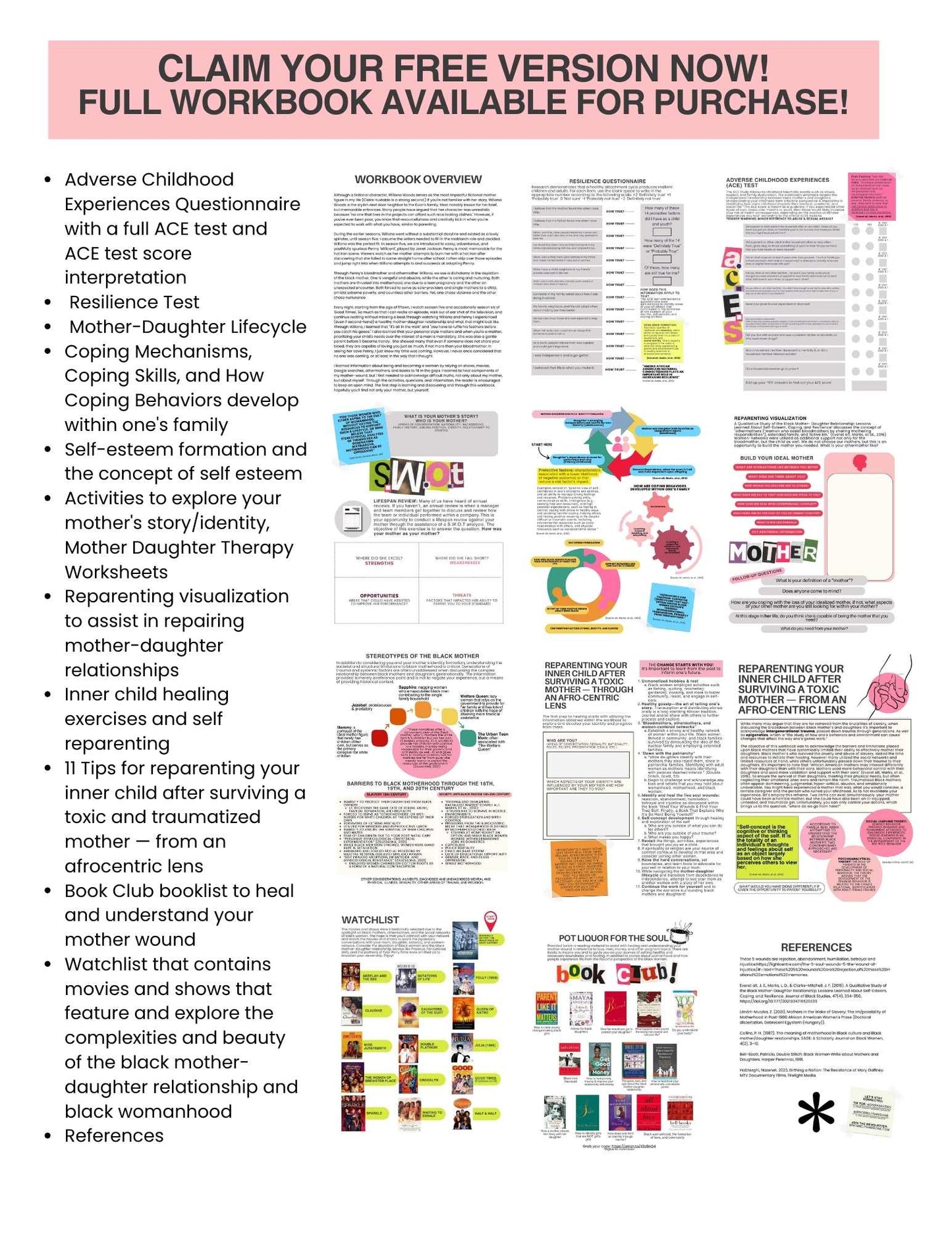
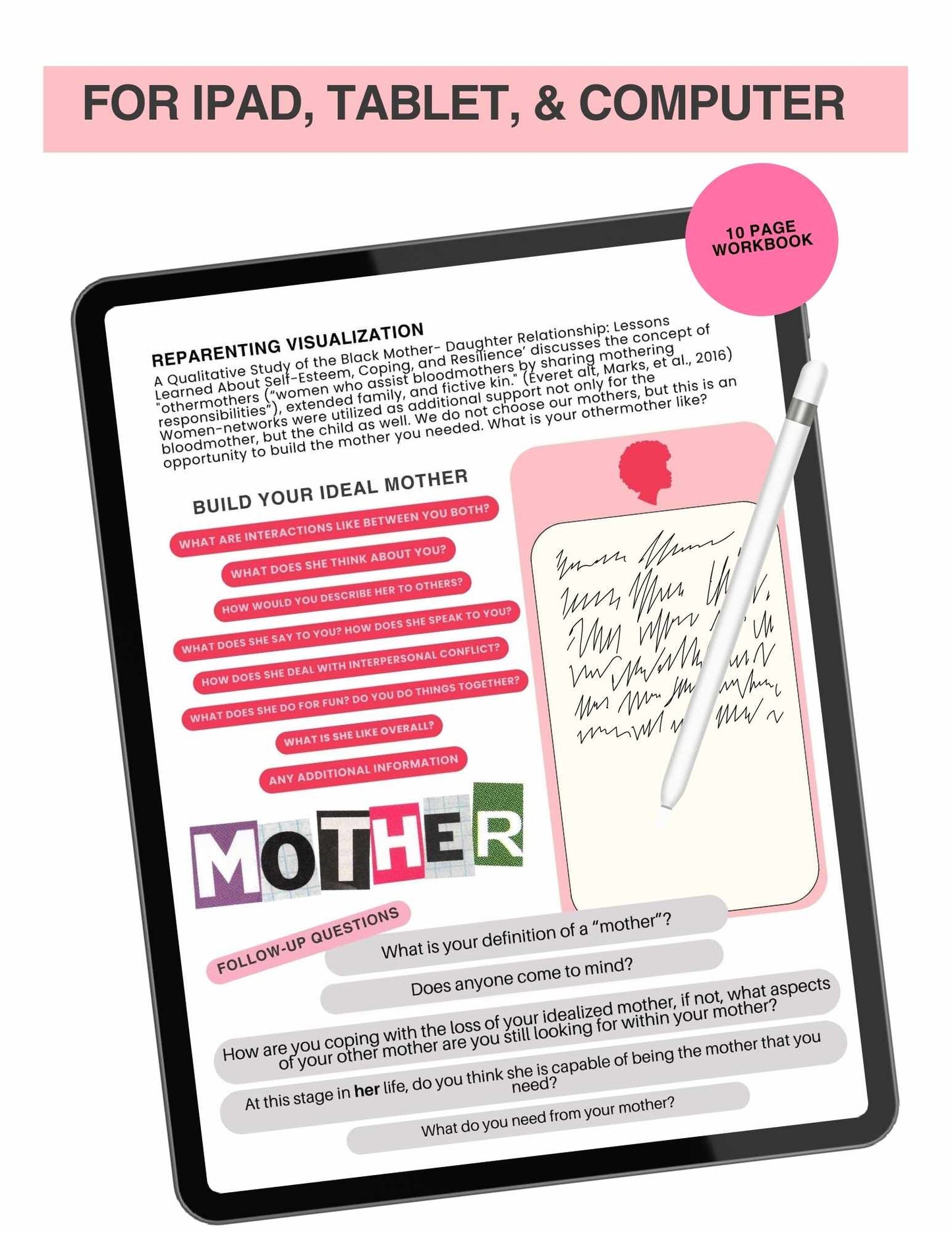
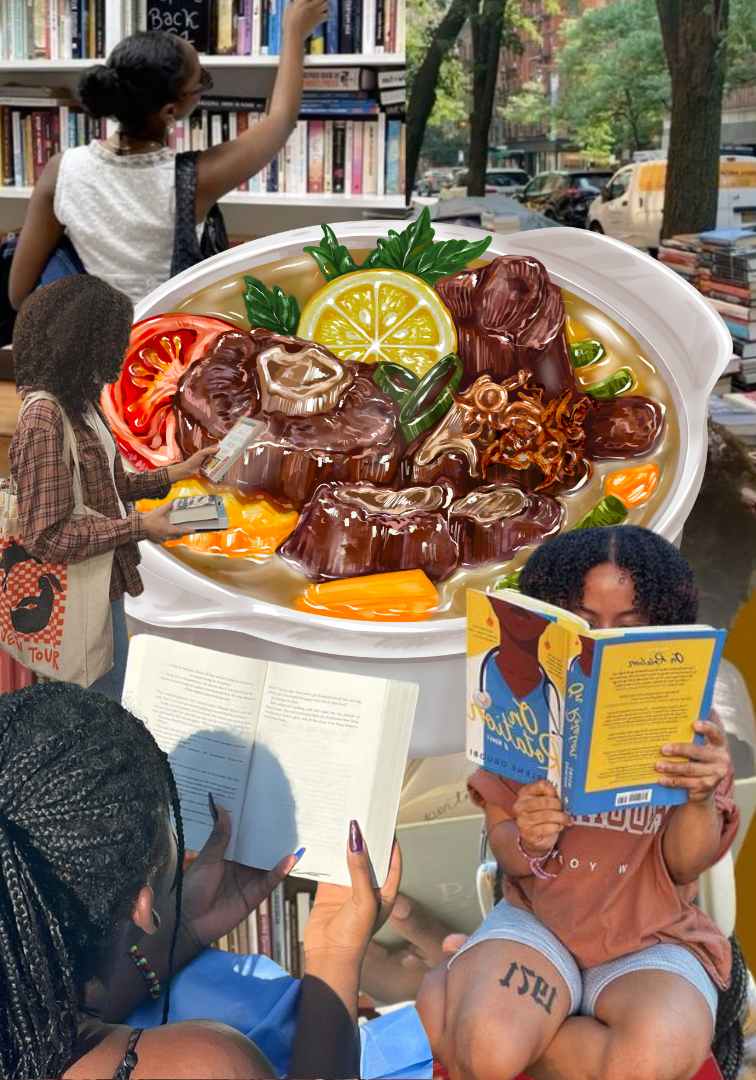
Join our bookclub!
Welcome to Pot Liquor for the soul, a compassionate book club forum dedicated to nurturing mental wellness through the power of literature. Here, we offer a supportive space for to explore books that inspire self-reflection, promote healing, and cultivate resilience. CURRENTLY AT 50 MEMBERS!
